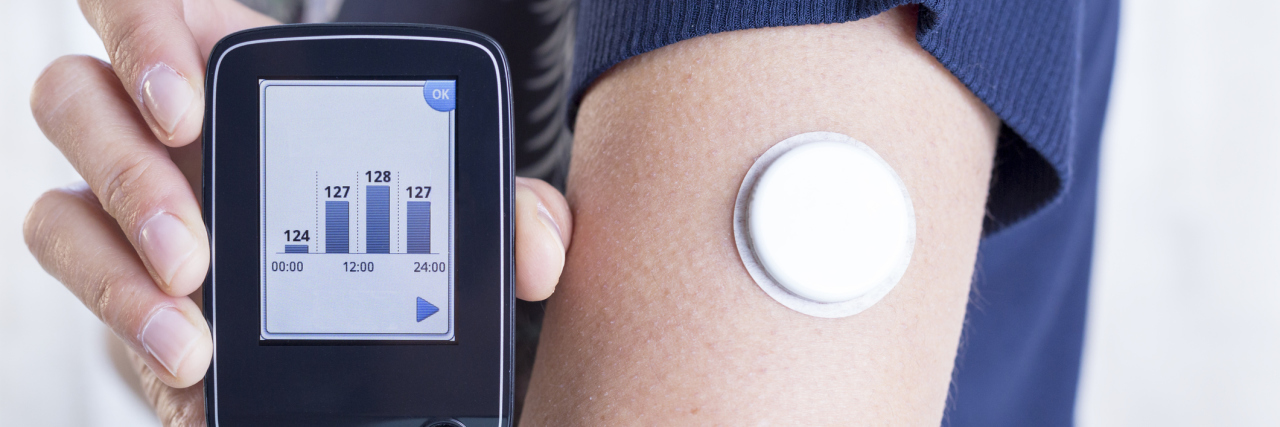Why Continuous Glucose Monitors Are the Real MVP of Diabetes Management
See below for the most perfect example of why continuous glucose monitors (CGM) are a necessary part of diabetes control.
I have a patient with type 2 diabetes who is on multiple oral medications and basal insulin. Though he was instructed to test a minimum of four times a day, life got in his way and he was, instead, testing his fasting blood glucose levels only. Unfortunately, I see this quite often. Life gets busy, and diabetes takes a back seat.
His self-monitoring blood glucose (SMBG) report showed his fasting control to be fair, however his most recent HbA1c was double digits. I knew something was off and decided to do a professional CGM on him (blinded two-week CGM). Though his fasting readings were mostly less than 180 mg/dl, he was suffering from extreme hyperglycemia the rest of the day. He had no idea!
The importance of blood sugar control in a person with diabetes is critical for success in diabetes care, and knowing the blood glucose (BG) value is the first step in this.
Even if a person with diabetes tests their BGs four times a day with SMBG, that means that each of these readings is being used to manage about six hours’ worth of BGs and treatment. The above example shows how many BG variations can happen in that time.
Studies have shown that frequency of SMBG is directly related to control (the more SMBGs in a day, the better the persons glucose control). However, even with more frequent testing it is impossible to consistently predict how diet, illness, exercise, and stress will affect blood glucose levels, and though frequent SMBGs can allow us to diagnose and treat hypo and hyperglycemia, it does not prevent it from happening.
CGM therapy allows for critical treatment adjustments to be made based on directional data (trend arrows) and glucose readings provided every one to five minutes. Additionally, the CGM provides a trendline with values from the previous days and weeks. Alerts are available to inform the user if a glucose level is above or below a previously set threshold (threshold alerts), approaching those thresholds (predictive alerts), or rising or falling at a rapid rate of change (rate of change alerts). These settings can all be individualized by the user and clinician and allow the user to be proactive regarding their blood glucose instead of reacting to bad blood sugars after they happen.
A CGM consists of three parts: a sensor, a transmitter, and a receiver. The sensor is placed by the user with an inserter and sits just under the skin (like an infusion set for a pump user). It is changed every three to seven days depending on the type of CGM. Most transmitters are reusable and sit above the skin as an extension of the sensor. The sensor uses oxidative enzymes to read interstitial glucose levels which are converted to blood glucose levels. The information is then transferred to a receiver device, cell phone, or insulin pump to be viewed by the user.
Real-time CGM data can be shared with loved ones alerting them to hypo or hyperglycemia of the user. A nervous parent, for instance, can be alerted when their child’s glucose drops below 80 mg/dl in the middle of the night, giving them the ability to sleep without fear that their child is experiencing a hypo episode in the next room (I don’t think my mom slept through the night until I left the house).
Additionally, the downloadable data provides crucial information to clinicians, allowing for more knowledgeable treatment changes.
Getty photo by Click_and_Photo

